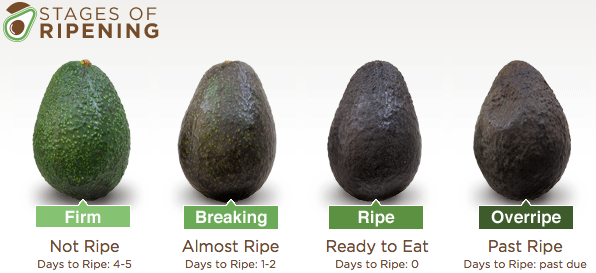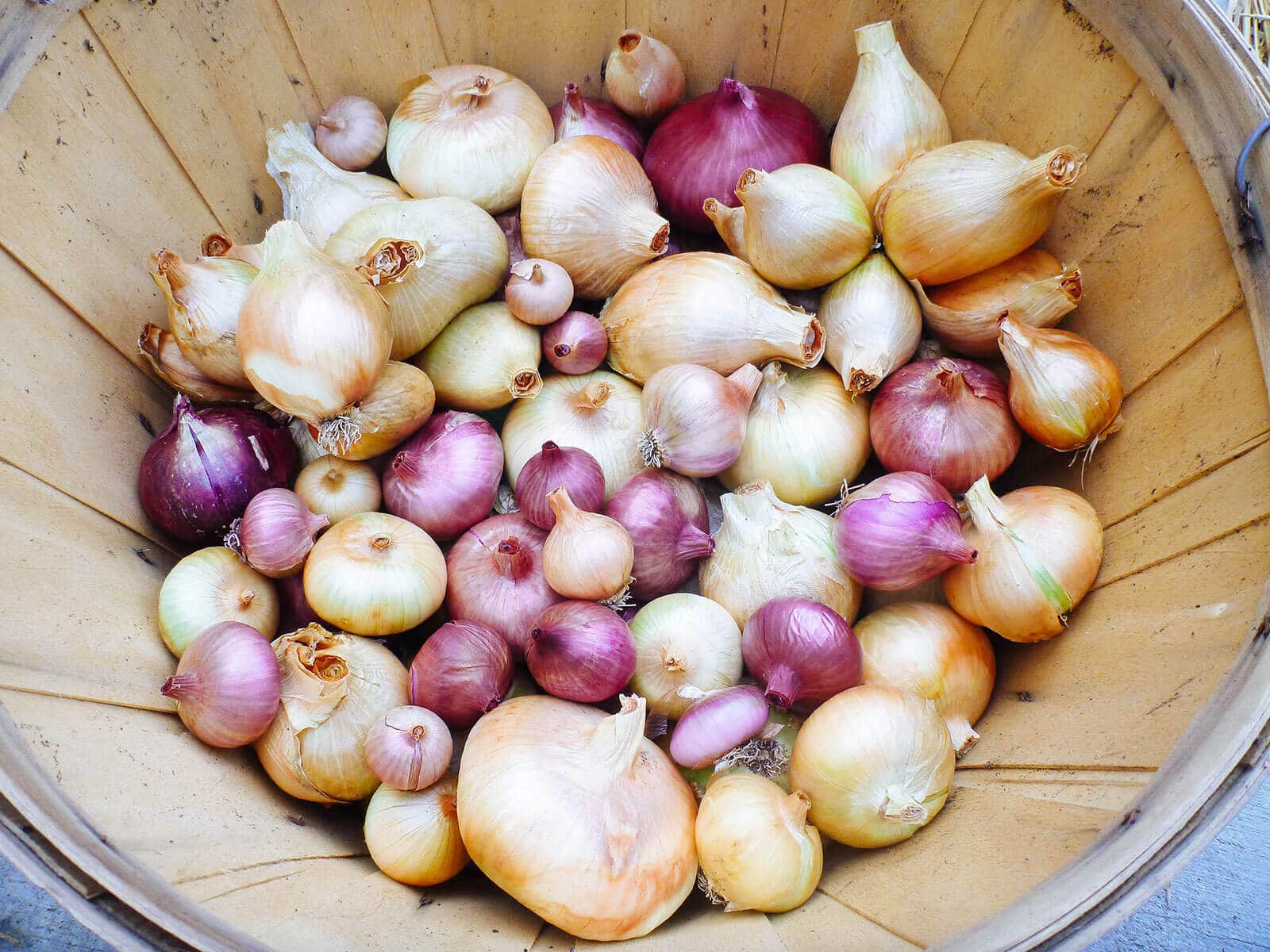When it comes to enjoying the rich, creamy texture and flavorful taste of avocados, knowing how to pick the perfect ripeness is key. With avocados being a staple in many diets and cuisines, it’s essential to master the art of selecting the best ones. But how can you tell if an avocado is ripe without resorting to giving it a squeeze and potentially bruising the fruit?
Fortunately, there are expert-approved methods for picking avocados that guarantee you’ll get to enjoy them at their peak ripeness. In this article, we’ll explore several techniques and tips that will help you pick the perfect avocado every time, whether you’re at the store or plucking them fresh from the tree.
How To Pick An Avocado
Understanding the subtleties of an avocado’s ripeness can make all the difference in your culinary endeavors. When selecting an avocado, you should look for a uniform color and pay attention to the texture of the skin, which should be slightly bumpy. While Hass avocados turn from green to dark purple or black as they ripen, other varieties may retain their green hue even when they’re ready to eat.
Avoid avocados with overly soft spots or those that feel hollow, as these are indications that the fruit may be overripe or bruised. The ideal avocado yields to gentle pressure, indicating a ripe, creamy interior without being mushy.
Another method to check for ripeness is to gently press near the stem and see if it yields slightly. This part of the avocado is often the last to ripen, so it’s a good indicator of overall ripeness.
For those who prefer visual cues, observe the avocado’s skin. A ripe Hass avocado typically has a dark green to nearly black color, while other varieties might showcase a brighter green when they’re ready to be enjoyed.
Lastly, the stem test, where you flick off the tiny stem at the top of the avocado, can be telling. If the area underneath is green, the avocado is likely ripe. If it’s brown, the fruit may be overripe, and if the stem doesn’t come off easily, it needs more time to ripen.
How To Shop For Avocados, According To Experts
Shopping for avocados can be quite the experience, with an array of colors, sizes, and shapes to choose from. Experts recommend purchasing avocados in varying stages of ripeness. This strategy ensures that you have ripe avocados at different times, allowing for continuous enjoyment throughout the week.
When shopping, gently feel the avocado without applying too much pressure to avoid bruising. Look for those that have a slight give to them. It’s also beneficial to buy firmer avocados that will ripen over several days if you’re not planning to use them immediately.
Another expert tip is to consider the seasonality of avocados. Hass avocados, for instance, have a peak season that typically runs from November to June. Purchasing avocados during their peak season can lead to better taste and texture.
Additionally, take note of the source of the avocados. Locally sourced avocados may have a shorter transit time, which can equate to fresher, tastier fruit. And if you’re looking for organic options, many stores offer a selection of avocados grown without synthetic fertilizers or pesticides.
Lastly, don’t be shy about asking the produce manager for help. They can often provide insights into the freshness of the stock and may even help you pick out the best avocados based on your needs.
How To Tell If An Avocado Is Ripe, According To Experts
Getting a ripe avocado is almost like finding treasure – it’s a source of joy for any avocado aficionado. Experts have several ways to tell if an avocado is ripe.
Firstly, they advise to consider the skin texture and color. A ripe avocado will have skin that is dark green to black and slightly bumpy to the touch. In the case of Hass avocados, the darker the skin, the more likely the avocado is to be ripe.
Furthermore, a ripe avocado should be firm but yield to gentle pressure, especially around the stem area. However, if the fruit feels very mushy or has sunken spots, it may be overripe and potentially bruised on the inside.
Another expert tip is to perform the stem test. By removing the small cap at the stem end of the avocado, you can tell a lot about its ripeness. A green patch indicates ripeness, while brown signifies that it might be past its prime.
Lastly, listen to the sound made when you shake the avocado gently. If you can hear the pit moving inside, it’s likely that the avocado is overripe and the flesh may be loose and watery.
What To Look For When Buying Avocados
When buying avocados, there are several key factors to consider to ensure you’re taking home the best fruit possible. Uniformity in color and skin texture is essential, and it’s a good idea to avoid any avocados that have visible damage or irregularities.
It’s also important to check the firmness of the avocado. It should not be too hard or too soft. If you’re planning to eat the avocado soon, look for one that has a slight give when you apply gentle pressure. For later use, opt for a firmer avocado that will ripen over time.
Another aspect to look out for is the shape of the avocado. Generally, avocados should have a nice, symmetrical shape, which can suggest a uniform ripening process.
Remember to consider the variety of avocado. While Hass avocados are the most common and have a creamy texture, other varieties may have different flavors and textures that could better suit your preferences or recipes.
Lastly, smell the avocado if you can. A ripe avocado will have a subtle, earthy scent that is not overpowering. A strong or unpleasant odor may indicate spoilage.
How To Tell If Avocado Is Ripe From Stem
The stem of an avocado can tell you a lot about its ripeness. Gently wiggle the stem to see if it comes off easily. If it does and you find a green area underneath, the avocado is ripe and ready to eat. If the stem doesn’t budge, give the avocado a few more days to ripen.
If the area under the stem is brown, it’s likely the avocado is overripe, and you may find brown spots within the flesh. However, if the stem comes off and the avocado passes the firmness test, it’s probably just right.
For those who plan to eat the avocado in a day or two, choosing an avocado with a stem that’s slightly difficult to remove could be ideal, as it indicates that the avocado is not yet fully ripe.
It’s worth noting that some stores may remove the stems to prevent customers from performing this test, as it can damage the avocados if done improperly. In such cases, rely on the other methods mentioned earlier to assess ripeness.
How Do You Know When To Pick Avocados From The Tree?
Picking avocados directly from the tree can be an exciting experience. Look for avocados with mature size and color for the variety. Avocados do not ripen on the tree, so they can stay on the tree for some time. However, once picked, they will begin to ripen.
Check for firmness, and give the avocado a slight twist. If it comes off the tree easily, it’s likely ready to be picked. It’s better to pick avocados when they are firm and allow them to ripen off the tree.
To test for readiness, you can pick a single avocado and let it sit indoors for a few days. If it ripens properly and tastes good, it’s a sign that the other avocados on the tree may be ready for harvest.
Remember, the ripening process speeds up once an avocado is picked, so it’s best not to harvest more than you can use within a week or so, unless you plan on storing them properly.
When Are Hass Avocados Ready To Pick?
Hass avocados are ready to pick when they have reached adequate size and the skin has taken on a darker color. Typically, this variety is ready for harvest between November and June, when the avocados have had enough time to develop their flavors and oils.
It’s important to note that Hass avocados may still feel firm when they are ready to be picked. They will soften after being picked and stored at room temperature, so it’s best to allow for a few days of ripening post-harvest.
One way to ensure you’re picking Hass avocados at the right time is to observe the fruit’s skin. It should be pebbly and change from a green to a purplish-black color as it approaches ripeness.
Lastly, take into account the season and your local climate. Hass avocados may be ready at slightly different times depending on your region’s weather patterns.
Related Questions on Avocado Ripeness
How to Tell if an Avocado Is Perfectly Ripe?
To determine if an avocado is perfectly ripe, perform a gentle press test near the stem and look for a slight yield in firmness. The skin should be dark, particularly for Hass avocados, and the stem should come off easily to reveal a green space underneath.
Another indication of a perfectly ripe avocado is a uniform texture without any soft spots or indentations. Remember, the perfect avocado will feel firm but will yield slightly to pressure, indicating a creamy and ready-to-eat fruit.
How Do You Pick the Avocados at the Correct Ripeness?
Picking avocados at the correct ripeness involves checking for color change, firmness, and the condition under the stem. For Hass avocados, ensure that the skin is dark and not overly shiny, and that the fruit yields gently to a soft press.
If you’re picking from a tree, wait for the fruit to reach its full size and color before harvesting. Once picked, let it ripen at room temperature for a few days until it meets the softness and color criteria of a ripe avocado.
How to Ripen Avocados in 2 Minutes?
Ripening an avocado in just two minutes is not a natural process and may affect the taste and texture. However, for immediate use, you could warm the avocado in a microwave wrapped in kitchen paper on a low setting, but this method is not recommended for achieving the best flavor profile.
The best way to ripen avocados quickly is to place them in a paper bag with an apple or banana, which emit ethylene gas that speeds up the ripening process. This method takes about a day or two, not minutes.
Should You Refrigerate Avocados?
Refrigerating avocados is recommended once they are ripe to slow down the ripening process and extend their shelf life. If your avocado is not yet ripe, leave it at room temperature until it softens to your liking.
Once an avocado is ripe, you can store it in the refrigerator for two to three days to maintain its texture and flavor. Be sure to consume refrigerated avocados soon after they reach ripeness to enjoy their optimal taste.
Check out this informative video on selecting the perfect avocado:





